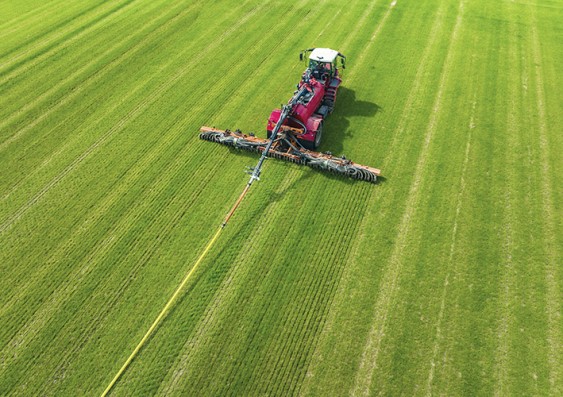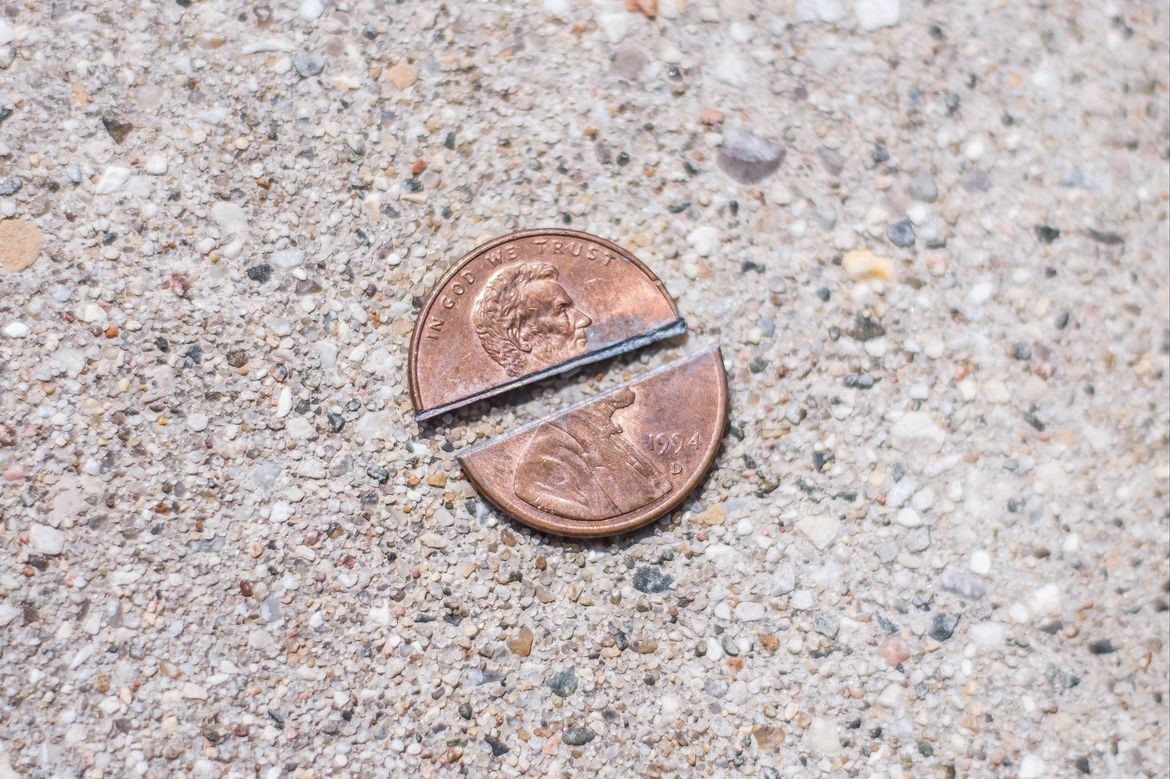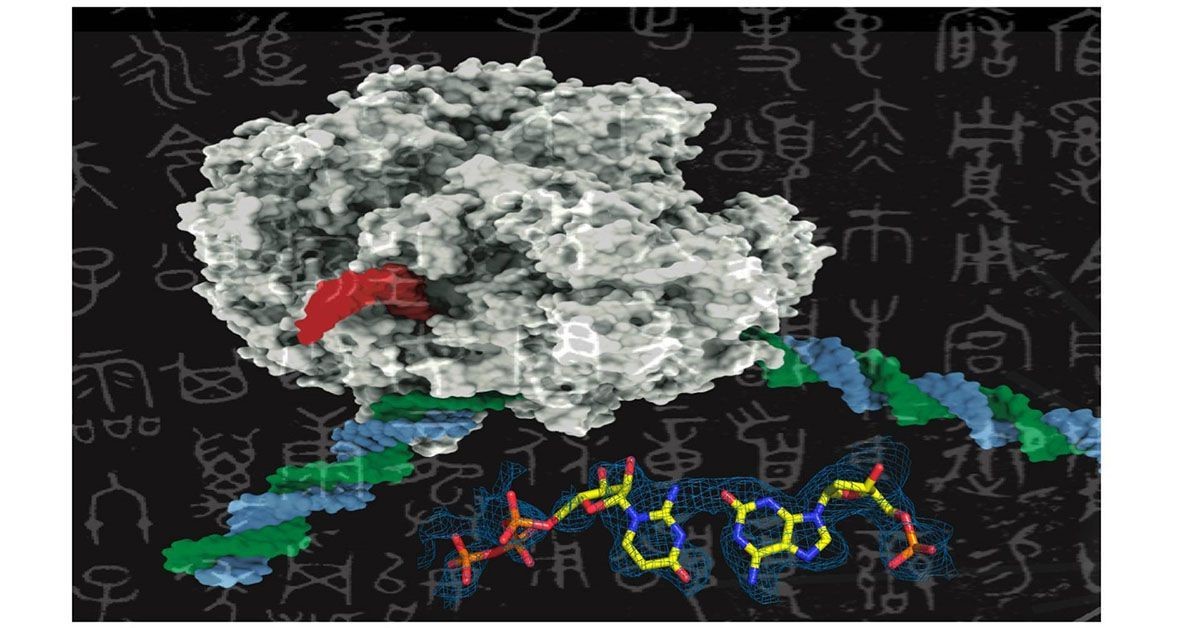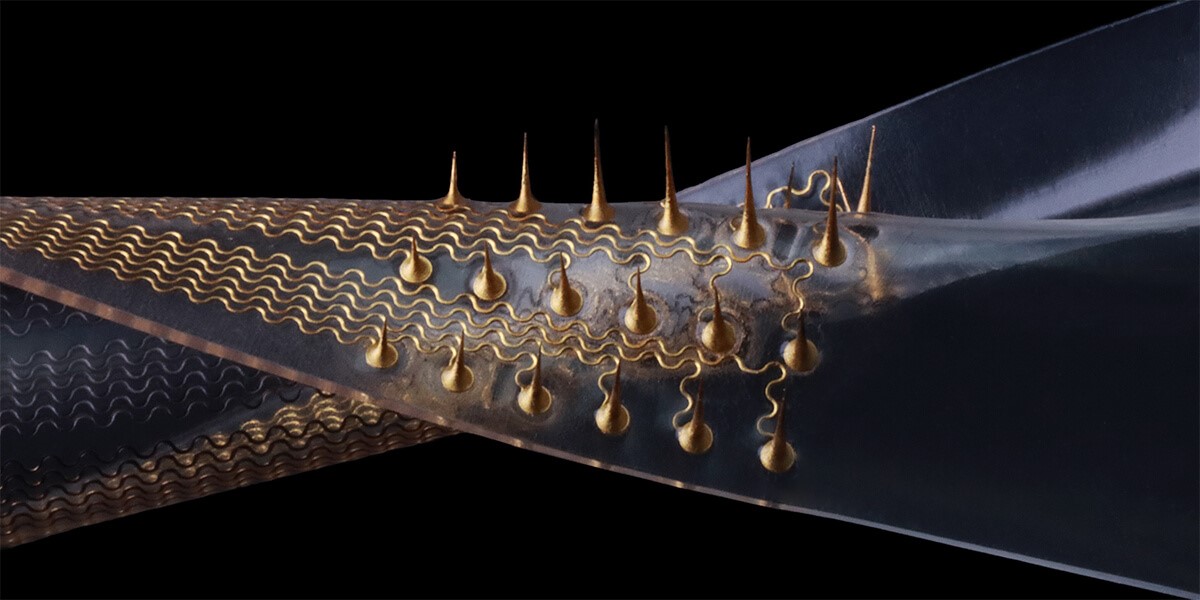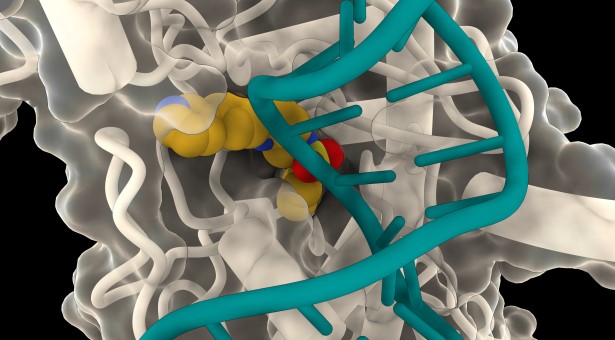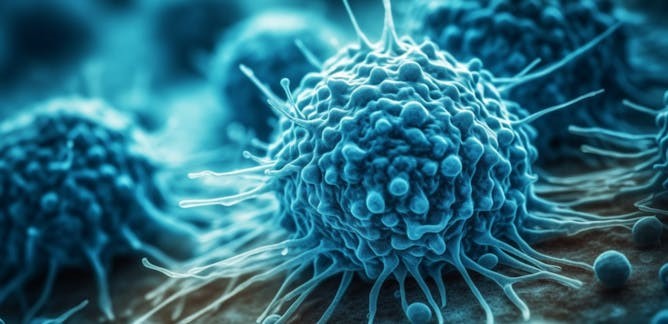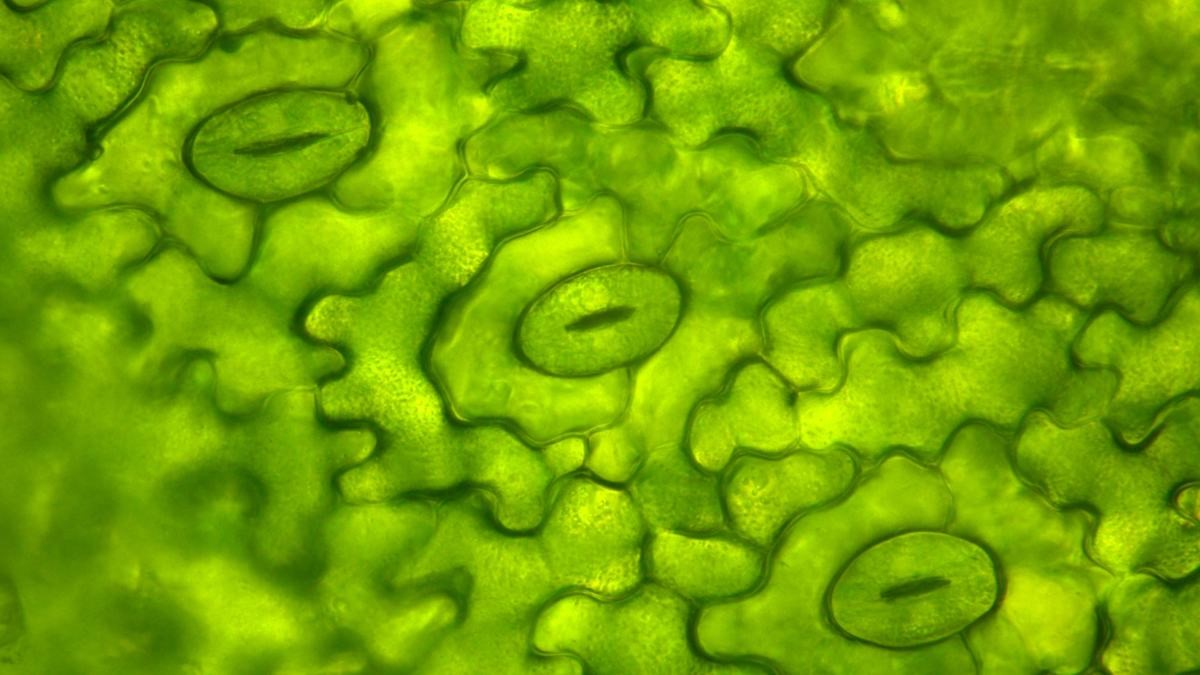Electrically Conductive "eSoil" Boosts Barley Growth in Hydroponics
In a groundbreaking study published in the journal PNAS, researchers from Linköping University have unveiled a cutting-edge development in hydroponics, a soilless cultivation method. The research, led by Associate Professor Eleni Stavrinidou from the Laboratory of Organic Electronics, introduces an electrically conductive cultivation substrate named "eSoil," demonstrating remarkable benefits for barley seedlings.
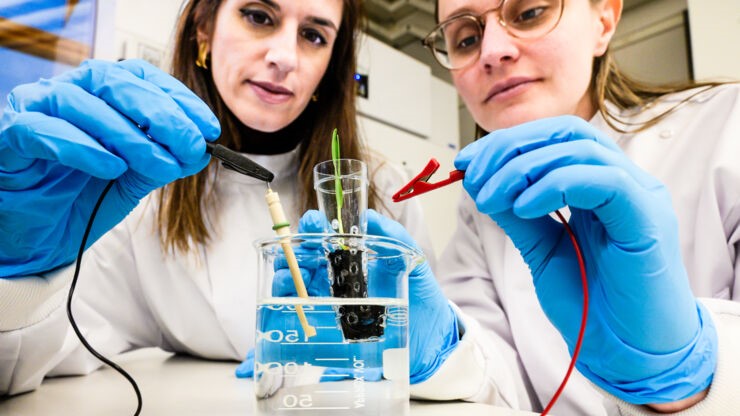
Figure 1. Alexandra Sandéhn and Eleni Stavrinidou. (Credit: Thor Balkhed)
Figure 1 shows Alexandra Sandéhn, PhD student, one of the lead authors, and Eleni Stavrinidou, Associate Professor, and supervisor of the study, connect the eSoil to a low power source for stimulating plant growth.
As the global population burgeons and climate change poses challenges to traditional agriculture, innovative solutions are imperative. Eleni Stavrinidou emphasizes the potential of hydroponics to meet the increasing food demands, especially in urban environments with controlled settings. The research team's focus on eSoil brings forth an exciting prospect for enhancing plant growth.
Hydroponic cultivation, which relies on water, nutrients, and a supportive substrate instead of soil, offers a closed system that facilitates water recirculation. This precise nutrient delivery minimizes water usage and retains all essential nutrients within the system, a feat unattainable in traditional farming.
One remarkable aspect of hydroponics is its adaptability to vertical cultivation in towers, optimizing space efficiency. While hydroponics has been commonly employed for crops like lettuce, herbs, and certain vegetables, grains, particularly barley, have not been conventionally grown in this manner—until now.
The Linköping University researchers demonstrated that barley seedlings cultivated in eSoil exhibited up to a 50% increase in growth over 15 days when electrically stimulated. The study's findings hint at improved nitrogen processing in seedlings, although the exact biological mechanisms remain a subject of ongoing exploration.
Traditionally, mineral wool has been a common cultivation substrate in hydroponics, but it presents environmental challenges due to non-biodegradability and energy-intensive production. In contrast, eSoil is a blend of cellulose, the most abundant biopolymer, and a conductive polymer called PEDOT. While this combination has been used previously, its application in plant cultivation marks a pioneering achievement.
Unlike previous methods employing high voltage for root stimulation, eSoil boasts minimal energy consumption and eliminates the risks associated with high voltage. Eleni Stavrinidou envisions that this study will pave the way for further research in hydroponic cultivation, addressing challenges in areas with limited arable land and harsh environmental conditions.
While hydroponics may not single-handedly solve global food security issues, it undoubtedly offers a promising solution, particularly in regions facing agricultural constraints. The advent of eSoil and its potential implications signal a new era in sustainable and efficient plant cultivation, driving the quest for innovative solutions to feed our growing planet.
Source: Linköping University
Cite this article:
Hana M (2023), Electrically Conductive "eSoil" Boosts Barley Growth in Hydroponics, AnaTechMaz, pp. 247



